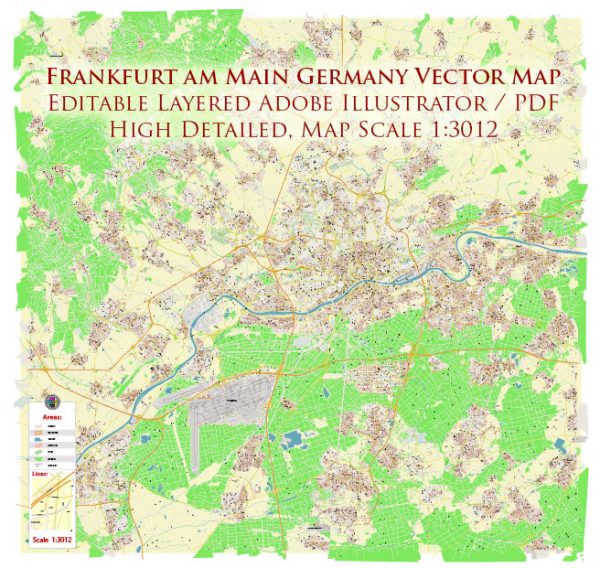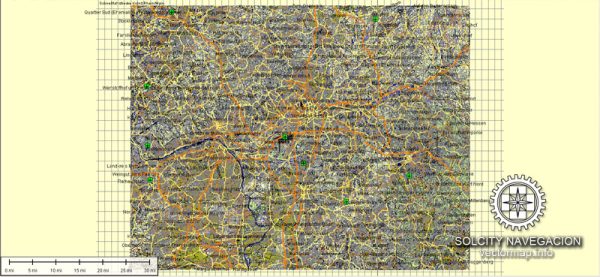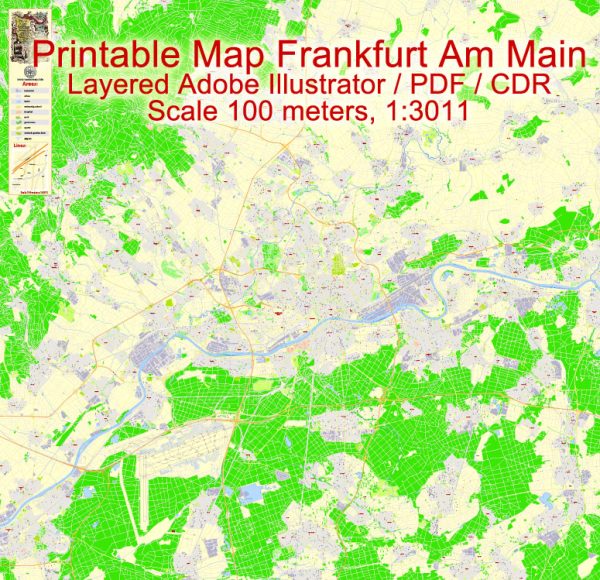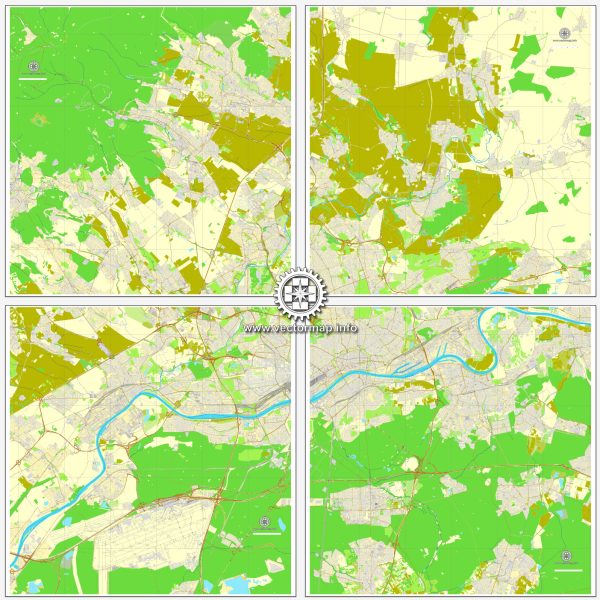Frankfurt, located in the heart of Germany, has a rich history of urban development that spans over a thousand years. Here is a brief overview of key periods in Frankfurt’s urban history:
- Medieval Period (9th-15th centuries):
- Foundation: Frankfurt’s history can be traced back to the early 9th century when a royal residence was established by Louis the German. The name “Frankfurt” is derived from the Franks, a Germanic tribe.
- Trade and Commerce: The city’s strategic location along the Main River contributed to its growth as a trade center. Frankfurt became a key market town and hosted annual trade fairs that attracted merchants from across Europe.
- Imperial Free City: In 1220, Emperor Frederick II granted Frankfurt the status of a free imperial city, providing the city with a degree of autonomy. This period saw the construction of city walls and the development of a medieval urban layout.
- Renaissance and Reformation (16th century):
- Cultural and Economic Growth: The Renaissance period brought cultural and economic prosperity to Frankfurt. The city became a center for humanism and the arts, and its trade fairs continued to thrive.
- Religious Changes: The Reformation in the 16th century had a significant impact on Frankfurt. The city experienced religious conflicts, including the Schmalkaldic War, and eventually adopted Protestantism.
- 18th and 19th Centuries:
- Enlightenment and Napoleonic Era: Frankfurt played a role in the intellectual ferment of the Enlightenment. However, in the early 19th century, it fell under Napoleonic rule and became the capital of the short-lived Confederation of the Rhine.
- Congress of Vienna: After Napoleon’s defeat, the Congress of Vienna in 1815 established the German Confederation, with Frankfurt as its seat. The city was later home to the first freely elected German parliament in 1848, although the Frankfurt Parliament’s efforts for a unified Germany were unsuccessful.
- Industrialization: The late 19th century witnessed industrialization, bringing economic and demographic growth. The city’s infrastructure expanded, and the population increased.
- 20th Century:
- World Wars: Frankfurt suffered significant damage during World War II due to Allied bombings. Post-war, the city was in ruins, and reconstruction efforts were substantial.
- Economic Hub: Frankfurt emerged as a major financial and economic center, with the establishment of the Frankfurt Stock Exchange and the European Central Bank.
- Modern Architecture: The post-war period also saw the construction of modern buildings, including the iconic Frankfurt skyline. The city is known for its blend of historic and contemporary architecture.
- Contemporary Period:
- Global Financial Center: Frankfurt solidified its position as a global financial hub, hosting the headquarters of the European Central Bank and numerous international corporations.
- Cultural Diversity: The city has become increasingly diverse, with a growing population and a vibrant cultural scene.
- Infrastructure Development: Ongoing urban development projects continue to shape Frankfurt’s cityscape, with a focus on sustainable and modern architecture.
Frankfurt’s history reflects its resilience, adaptability, and continual evolution as a dynamic European city.





 Author: Kirill Shrayber, Ph.D.
Author: Kirill Shrayber, Ph.D.